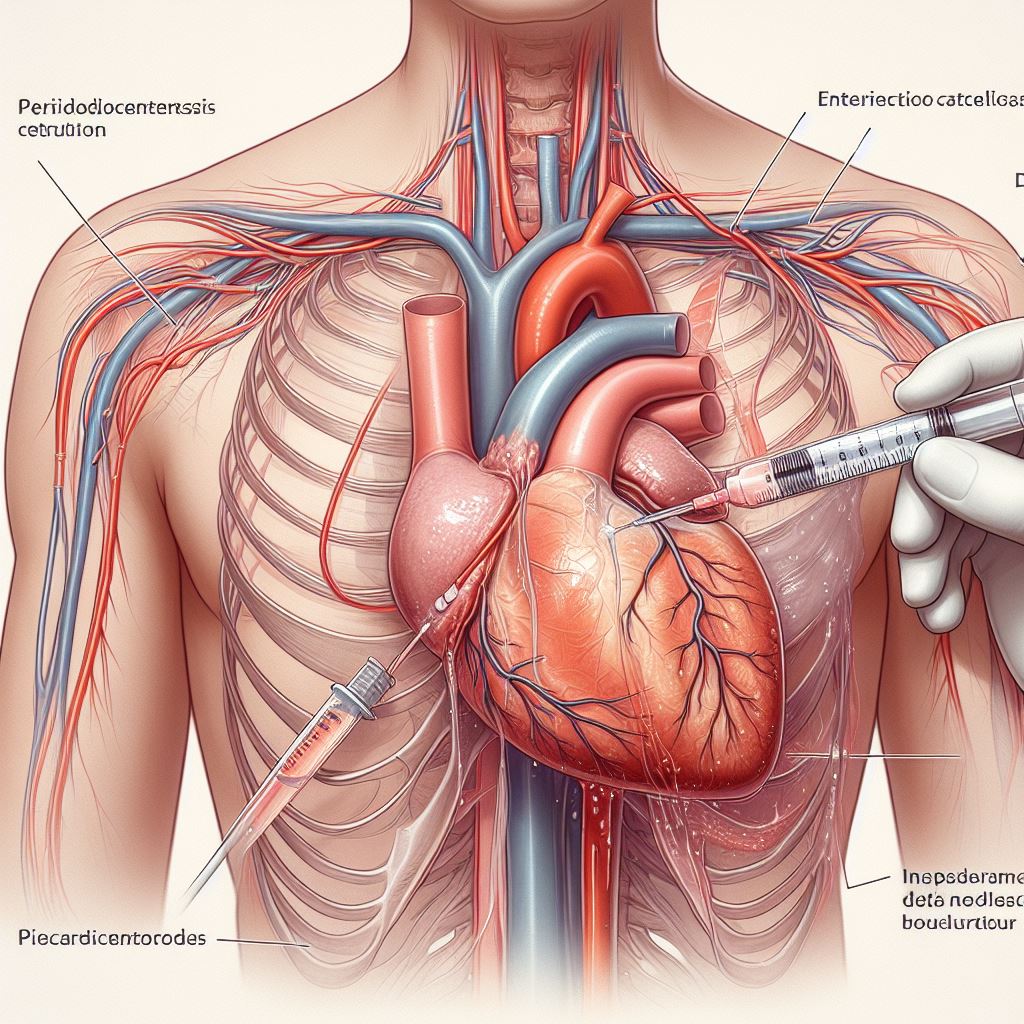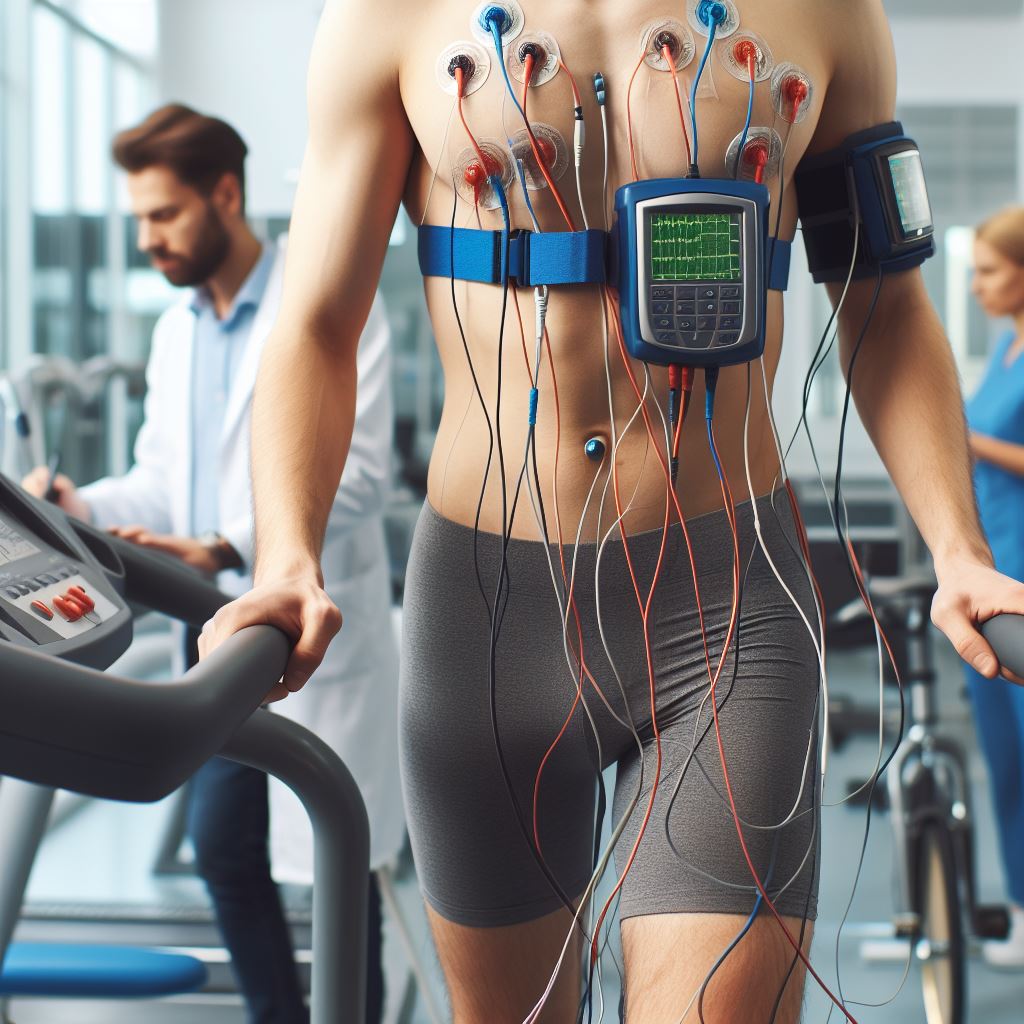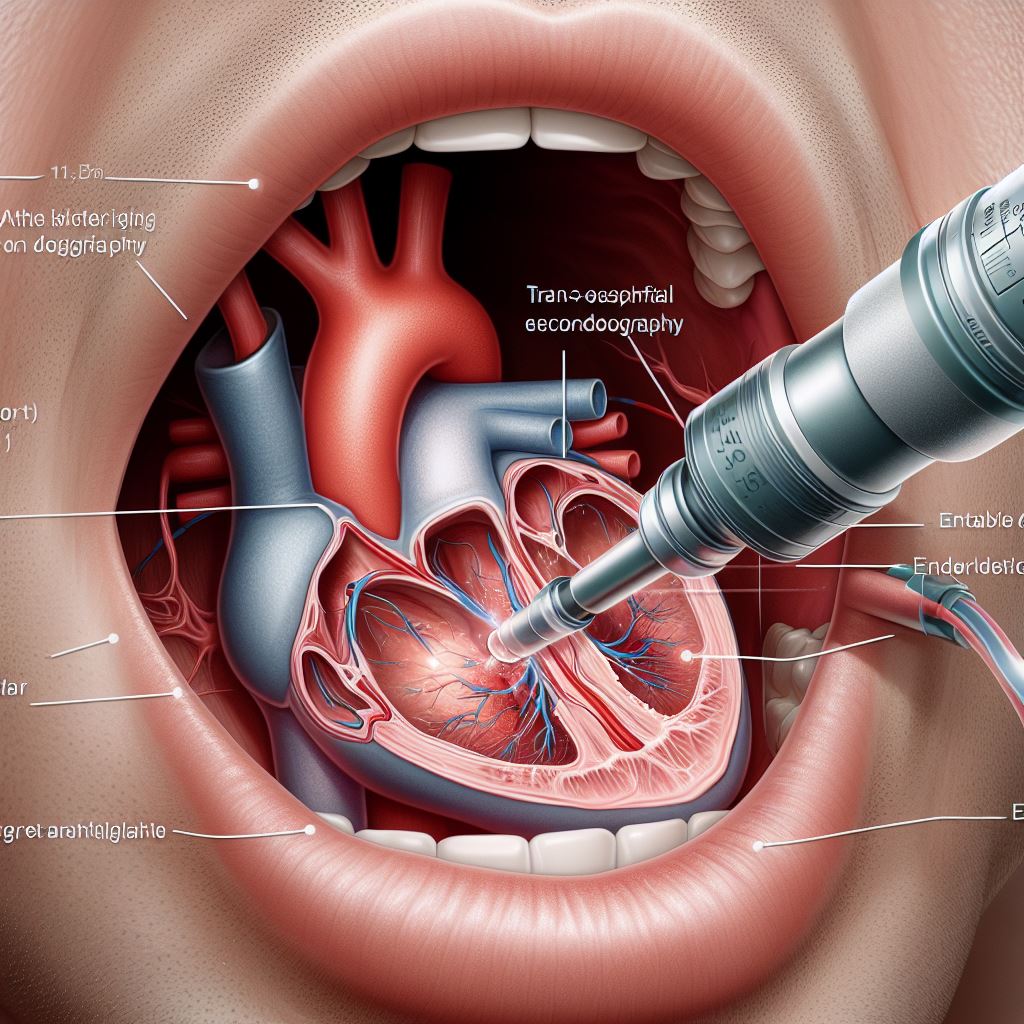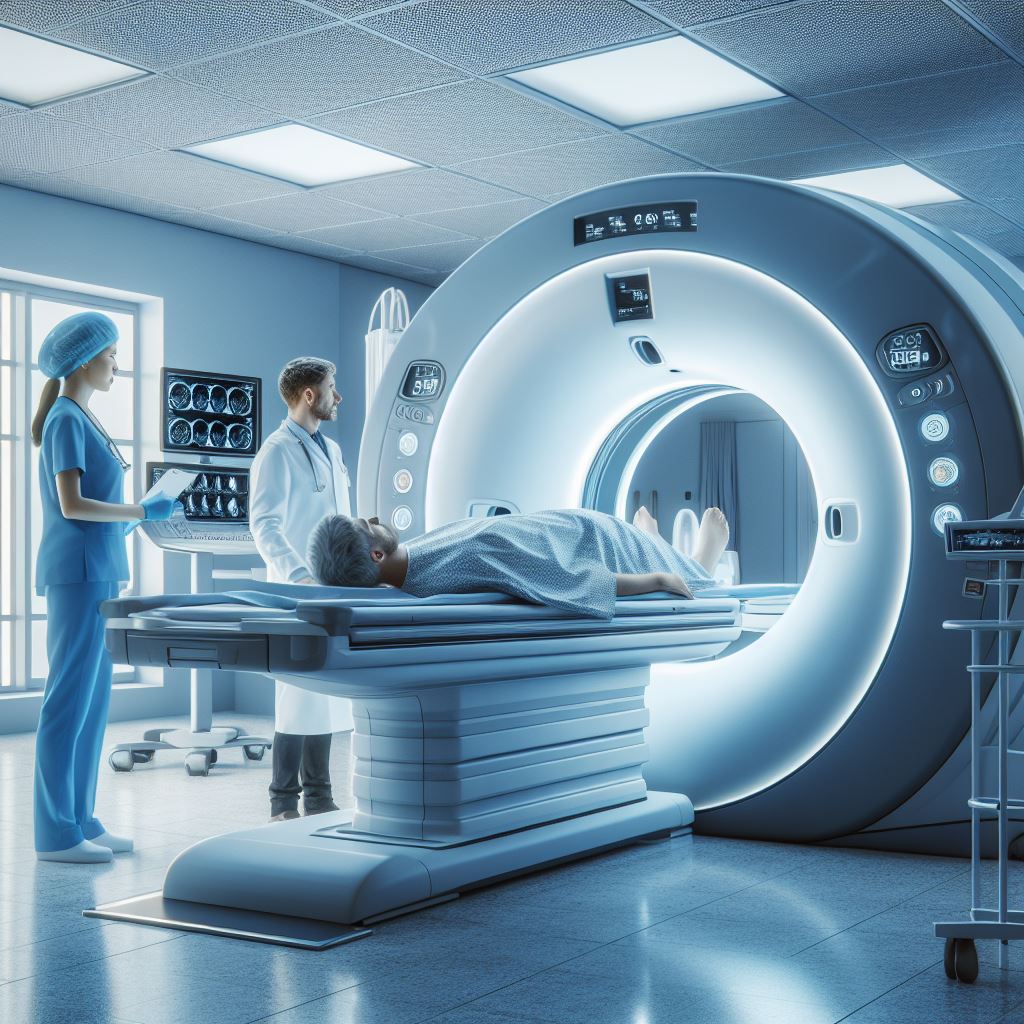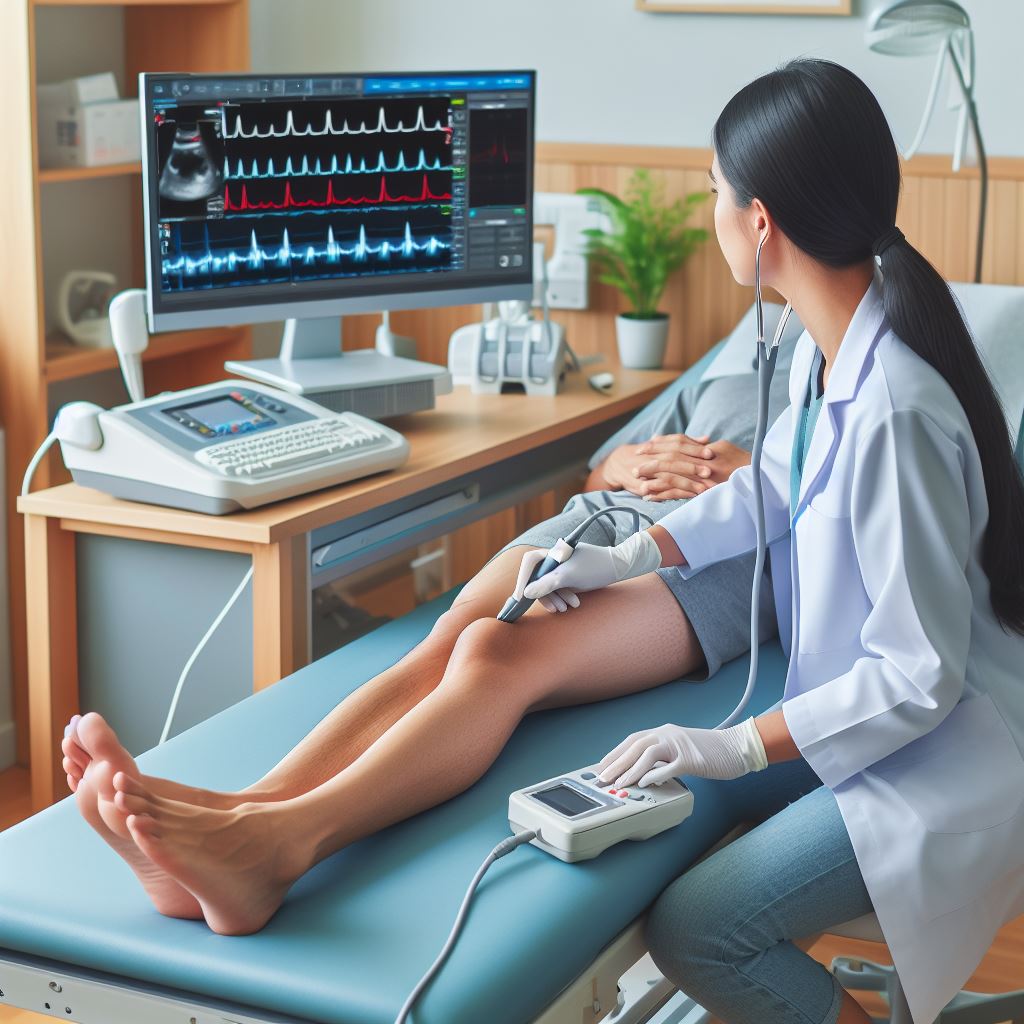
Peripheral and Carotid Doppler Studies
belong to the realm of medical imaging, specifically employing ultrasound
technology to assess blood flow in targeted areas of the body. The primary
focus lies on the arteries and veins of the arms, legs, and neck, making these
studies invaluable in diagnosing and managing various vascular conditions.
The Doppler effect, a phenomenon
observed in waves, forms the basis of these studies. By analyzing the speed and
direction of blood flow through the arteries and veins, healthcare
professionals gain crucial insights into the vascular system's health and
functionality.
Why It's Done:
1.
Vascular Disease Detection:
One of the primary objectives of Peripheral and Carotid Doppler Studies
is the detection of vascular diseases. Atherosclerosis, characterized by the
buildup of plaque in the arteries, can impede blood flow and lead to severe
complications. These studies act as vigilant sentinels, identifying early signs
of such conditions and enabling timely intervention.
2.
Stroke Risk Assessment:
Carotid Doppler Studies, in particular, focus on the arteries supplying
blood to the brain. Identifying blockages or narrowing in these critical
vessels is paramount in assessing the risk of strokes. Early detection empowers
healthcare professionals to implement preventive measures and reduce the
likelihood of debilitating events.
3.
Evaluation of Blood Clots:
Blood clots or emboli can pose a significant threat to vascular health.
Peripheral and Carotid Doppler Studies excel in identifying these obstructions,
allowing for prompt intervention to prevent complications such as deep vein
thrombosis or pulmonary embolism.
4.
Assessment of Varicose Veins:
Peripheral Doppler Studies play a vital role in assessing venous
insufficiency and varicose veins. These studies provide essential information
for treatment planning, offering a detailed understanding of venous health and
functionality.
Procedure Involved:
Understanding the procedure is crucial
for patients seeking these studies. The process is generally straightforward,
with minimal preparation required.
1.
Preparation:
Typically, no special preparation is needed. Patients are advised to
wear comfortable clothing, and it's advisable to refrain from using lotions or
oils on the skin in the areas to be examined. This ensures optimal contact
between the skin and the ultrasound transducer.
2.
Positioning:
Once on the examination table, the patient is asked to lie down. A
water-based gel is then applied to the skin over the targeted areas. This gel
ensures proper contact and transmission of ultrasound waves.
3.
Ultrasound Imaging:
The ultrasound transducer is gently moved over the skin, emitting sound
waves that penetrate the underlying tissues. As these waves encounter moving
blood cells, the Doppler effect comes into play. By analyzing the frequency
shift in the reflected waves, the ultrasound machine creates real-time images
of the blood vessels, providing a dynamic view of blood flow.
4.
Documentation:
Throughout the procedure, the healthcare provider meticulously documents
the findings. This documentation is a critical component for analysis and
serves as a baseline for future comparisons.
Results:
The results of Peripheral and Carotid Doppler
Studies furnish a wealth of information regarding the health and functionality
of the vascular system. Key aspects revealed include blood flow patterns, the
presence of obstructions, and the overall condition of arteries and veins.
In cases where abnormalities are
detected, the healthcare team collaborates with the patient to formulate a
personalized treatment plan. Early detection through Doppler studies offers a
crucial advantage, enabling timely intervention to mitigate the progression of
vascular conditions and reduce the risk of associated complications.
Our commitment to patient well-being
extends beyond the diagnostic phase. We prioritize patient education and
engagement, ensuring that individuals understand the significance of the
results and actively participate in their healthcare journey.

